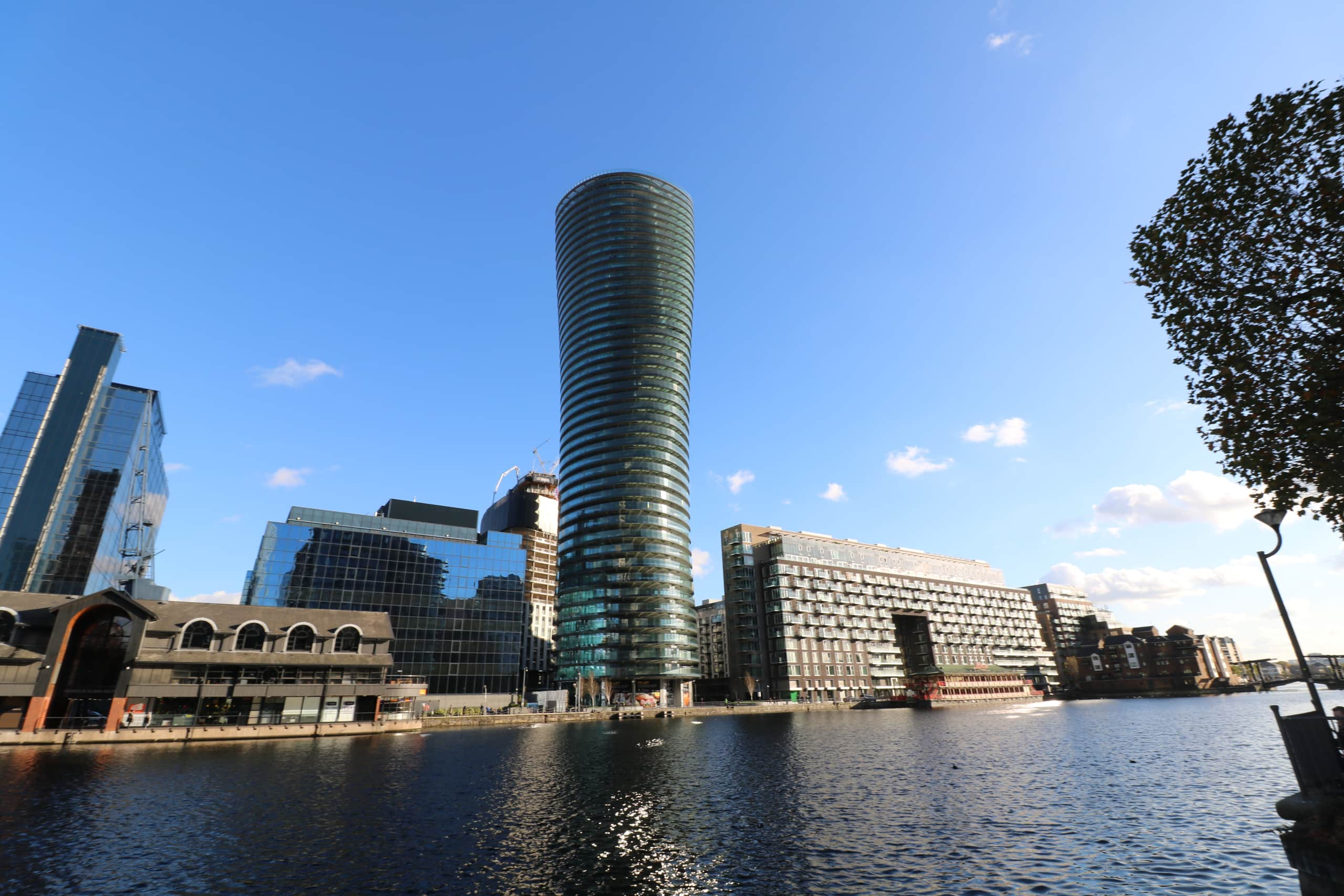Light gauge steel frames
The dawn of the global pandemic in 2020 accentuated the urgent need for a smarter way to build homes, offices, and public buildings. Due to the various modern construction methods available in the 21st century, light gauge steel frames were a widely available option to developers to keep constructing buildings quickly with minimal workers on site.
Light gauge steel frames (LGSF) are a modern solution for low-rise (up to 15-storey) buildings, offering faster construction, cleaner sites, and a reduced carbon footprint. As the name suggests, LGSF is a skeleton of sorts for a building, a dynamic and versatile application that uses lightweight, 100% non-combustible material to provide the inner support for a building whilst staying as green as possible.
Getting the connections right
It is of the utmost importance to get the balcony anchors right when using LGSF. Due to the lightweight nature of LGSF, a balcony should be as light as possible to avoid any instances of deflection.
A key point to consider with balcony anchors and LGSF is the bracket connection back into the frame, as rotational deflection can occur here. Sapphire has developed new connection methods which provide extra rigidity. As with any anchor connection, the material used on the building façade is crucial and whilst offering a lighter, more environmentally friendly base to build on, the precautions needed to make a balcony connection safe are vital.
Implementing light gauge steel frames
Traditionally, buildings are built using a dual-layer ‘brick and block’ approach – a skin of bricks on the exterior, a cavity normally filled with insulation and then a final layer of bricks on the interior of the building. A light gauge steel frame is generally prefabricated and delivered to the site for a quick installation. In a precast façade, the balcony anchors can be built alongside the façade itself. Putting the anchors in place and then pouring the concrete in situ can mean less thermal bridging risk as the façade has not been penetrated.
Brent House case study
Brent House is a development situated minutes away from Wembley Stadium, and home to 248 balconies that Sapphire is proud to have designed, manufactured, and supplied. The building used light gauge steel framing, so it was quick to be built, but this meant consideration had to be put into place around the weight of the balconies and the way in which they would be installed.
Given the deep projection of the balconies at Brent House and the LGSF used, a key concern for the architect was the weight of traditional balconies. With this taken into consideration, our aluminium Glide-On™ solution was used. Our lightweight aluminium Cassette® is half the weight of its steel alternative, meaning the load on the frame was drastically reduced.
To read more about Brent House, download the full case study here: https://balconies-staging.positive-dedicated.net/case-studies/brent-house-case-study/
The architects and builders of light gauge steel framed buildings need to take considerations on several key levels. They need to minimise the weight and projection of balconies on the building. They need to ensure the frame can deal with the moment forces of balcony anchors. Finally, they need to consider the use of Sapphire’s new bracket options which reduce penetration and minimise the moment and shear forces of the balconies attached.
Building with light gauge steel framing has made construction simpler and faster on a lot of projects over the last few decades and when considerations are taken into place, the benefits of light gauge steel framing spill over to balcony installation too. To learn how Sapphire’s aluminium Glide-On™ Cassettes® could marry up with your light gauge steel framed project, contact us using the form below:
